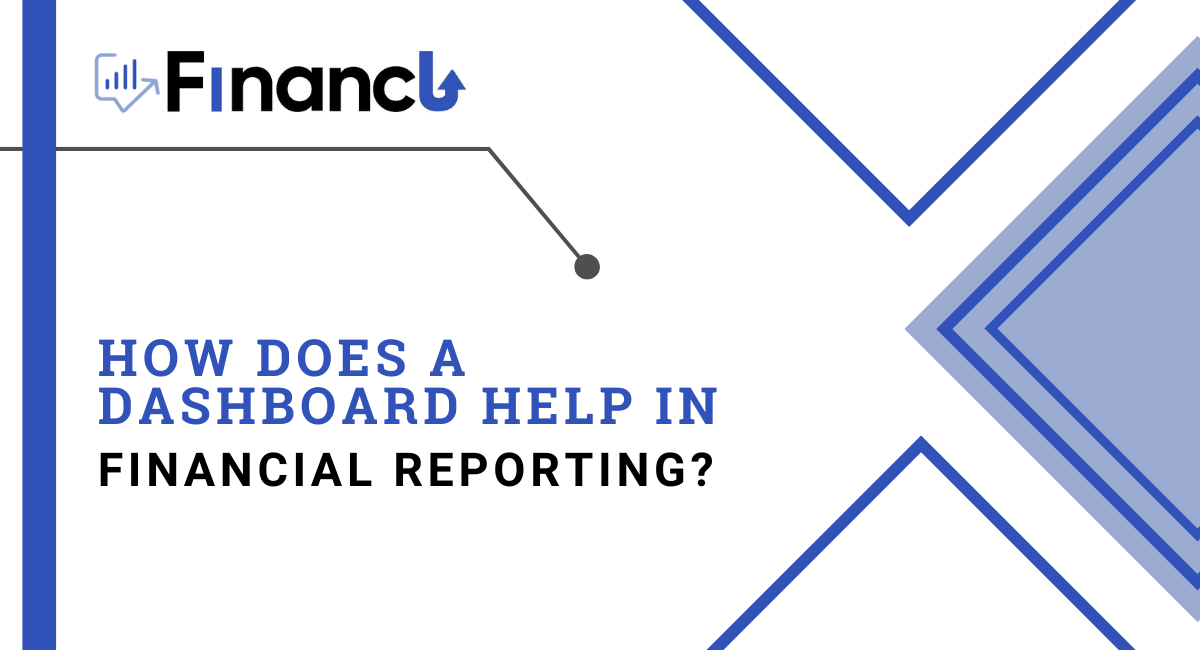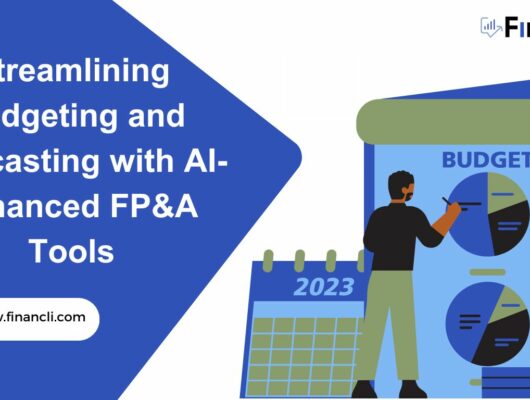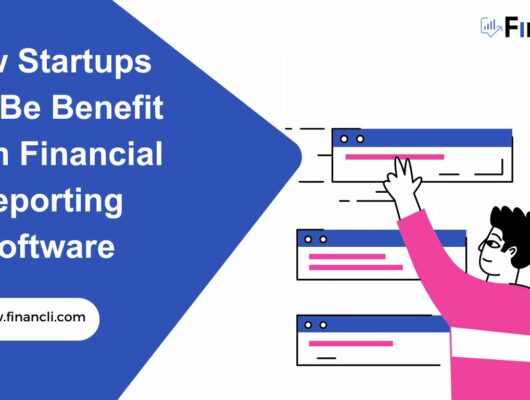A dashboard is a visual display that helps secure a business’s financial health. It shows the current status of the cash flow statement and measures your goals and critical success factors in your industry. A dashboard is a visual display that helps in business analytics and metrics. The data on a financial reporting dashboard should be accurate, timely, understandable to the user, and actionable. An excellent financial reporting dashboard will display all the relevant information on one screen, making it easier for an executive to view the entire organization’s data in one go.
No matter if you work for a major corporation, a tiny independent firm, or a non-profit, if you have a reasonably functioning finance office, then you will probably be generating (at least) quarterly reports. However, while generating these reports is standard, actually analyzing these reports is another story. This is why financial dashboards are so valuable for private and public companies.
Financial dashboards are reports that highlight essential data elements graphically. In addition, they pave the way for a more collaborative atmosphere in which simple data can be quickly shared and viewed by anybody with access to the dashboard.
Why Does Financial Dashboard Matters?
Over the last ten years, dashboards have evolved as a “best practice” for financial management. But many people are still questioning “why financial dashboards matter”? However, if financial reporting at your firm feels like an administrative, scary activity, a dashboard may be precisely what you need to energize internal financial talks.
Dashboards guarantee that everyone understands and participates in financial decisions. In addition, dashboards establish a common language among company members, allowing individuals with less knowledge of financial information to interact with others who enjoy poring over the numbers.
How Does Dashboard Assists in Financial Reporting?
Creating a dashboard forces a firm’s or organization’s leaders to make decisions about the firm’s priorities regarding retained earnings, revenues, expenses, and annual reports. After all, you can’t pay attention to everything at all times; therefore, creating the dashboard report thoughtfully and comprehensively is critical.
Let’s dive deeper into the bulk of ways a dashboard can make financial reporting more accessible than ever for your firm!
1. Provide Automatic Updates
The most impressive aspect of financial reporting dashboards is that they update automatically. So you don’t have to manually enter data into reports and then wait for them to be processed by a program. Instead, the dashboard will automatically update as soon as new information becomes available.
This saves time from having to input all this information yourself, which means less work for you but more time for your team members on other tasks such as project management or customer support.
2. Brings Everyone On Board
A good dashboard design should include vital information, clearly communicate the knowledge, and focus on the target audience. It is easy to read and understand, clear and concise, focused on what matters most, and visually appealing. The following are some tips for creating a tremendous financial reporting dashboard.
It is helpful to use colors that are easy on the eye. Keep in mind that your audience will be reading this report at different levels of detail, so make sure they can easily find their way around it without straining their eyes or confusing themselves with too much information at once.
To do this, you might want to use different shades of blue or green depending on how deep into debt each department has gone. For example, red would indicate high levels of debt; yellow would indicate low levels of debt or cash flow problems, etc.
Make sure each section has its font size so people don’t get overwhelmed by huge blocks of text coming across their screens all at once; smaller font sizes will help keep things manageable, which makes sense considering how busy our lives these days tend to be full-time jobs!
3. Provides Accurate Data
Most entrepreneurs are ignorant of the dashboard’s advantages and do not assess their financial health. Preparing and displaying a financial dashboard allows businesses to stand out and gain a competitive advantage. Such approaches can help attract investors while also increasing the confidence of team members and the advisory team.
In this regard, accuracy is important because it helps keep users from making mistakes when using the information presented on the dashboard. For example, suppose you were showing monthly revenue figures for the last year but forgot to update them over time (as would happen with most public companies). In that case, this could lead to inaccurate assumptions about how well or poorly they’re doing now compared with previous years’ results.
4. Timelines
Timelines are also important because outdated information can lead people who don’t have access to new data to make incorrect decisions based on old data points. This includes investing in an underperforming stock or buying low-quality bonds issued by a company struggling financially. An excellent financial reporting dashboard will display all the relevant information on one screen, making it easier for an executive to view the entire organization’s data simultaneously.
5. Highlights Important Information
A financial dashboard allows the management, finance, and accounts team to access all of the information about the organization’s financial elements in one location rather than searching for it in multiple folders or papers. This strategy saves the organization both time and money.
To make a dashboard effective, you need to use color, bolding, and other visual cues that highlight important information and make it easy for executives or users of your system to understand what they are looking at. You also want to utilize charts, graphs, and other visualizations, which help display your data in an organized way so that no single piece of information gets lost among other pieces of information being displayed on top of each other.
6. Easy for All
Another thing about creating a dashboard is making sure that it’s easy for anyone who uses it (whether it’s managers or employees) because if they don’t have any idea how everything works, they won’t be able to understand anything either!
So even though there might be more than one person working together when creating this kind of thing – always try keeping things simple while also having every little detail covered, so nothing gets left out later down the road when somebody needs access again.”
All-inclusive financial dashboards like Financli assist organizations in analyzing and explaining financial performance and comparing it to past data. It helps understand the causes for creating lower or larger profit margins and assists employees and management in understanding what went wrong or what variables favored the organization. This information gives them the ability to make future data-driven decisions.
7. Dashboards Are Customizable
Financial reporting dashboards can be customized based on the needs of your company or business. You can select the elements you want to visualize or add new data to your existing dashboards. A financial reporting dashboard can be customized based on the needs of your company or business. You can select the elements you want to visualize or add new data to your existing dashboards.
You may want a financial reporting dashboard specific to your business, so you must customize it with features that work best for what you do. For example, if you’re a restaurant owner and need an easy way to track sales, then adding the bar graph feature will help keep track of those numbers while they’re changing each day (assuming those numbers are evolving).
Another option is adding new data types into existing reports and dashboards—this could include customer demographics, employee performance metrics like productivity levels based on hours worked per week, or even salary information such as gross pay before taxes are taken out vs. after taxes have been deducted from them!
8. Better Financial Decisions
A financial reporting dashboard is used to help you make better financial decisions for your business or company. It is a visual display that allows business analytics and metrics to present information in an easy-to-understand format so that it can be easily understood by the people who need it. Good financial reporting dashboards should include vital information, clearly communicate the knowledge, and focus on the target audience.
Conclusion
The ideal financial dashboard is more than just a pretty picture. It enables users to access advanced finance analytics and explore and analyze data in a unified manner within the dashboard. First, the dashboard combines multiple data sources to provide a complete and accurate financial picture. Then it enables finance and accounting personnel to study this unified, real-time data in any direction immediately from within the dashboard.
In short, financial reporting dashboards are helpful for any business and can be customized based on the needs of your company or business. In addition, you can select the elements you want to visualize or add new data to your existing dashboards.






